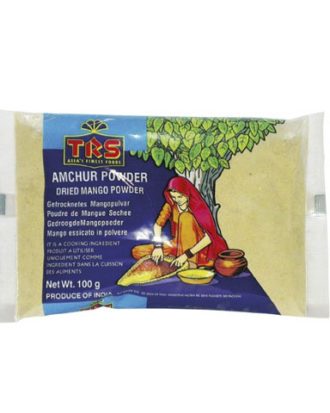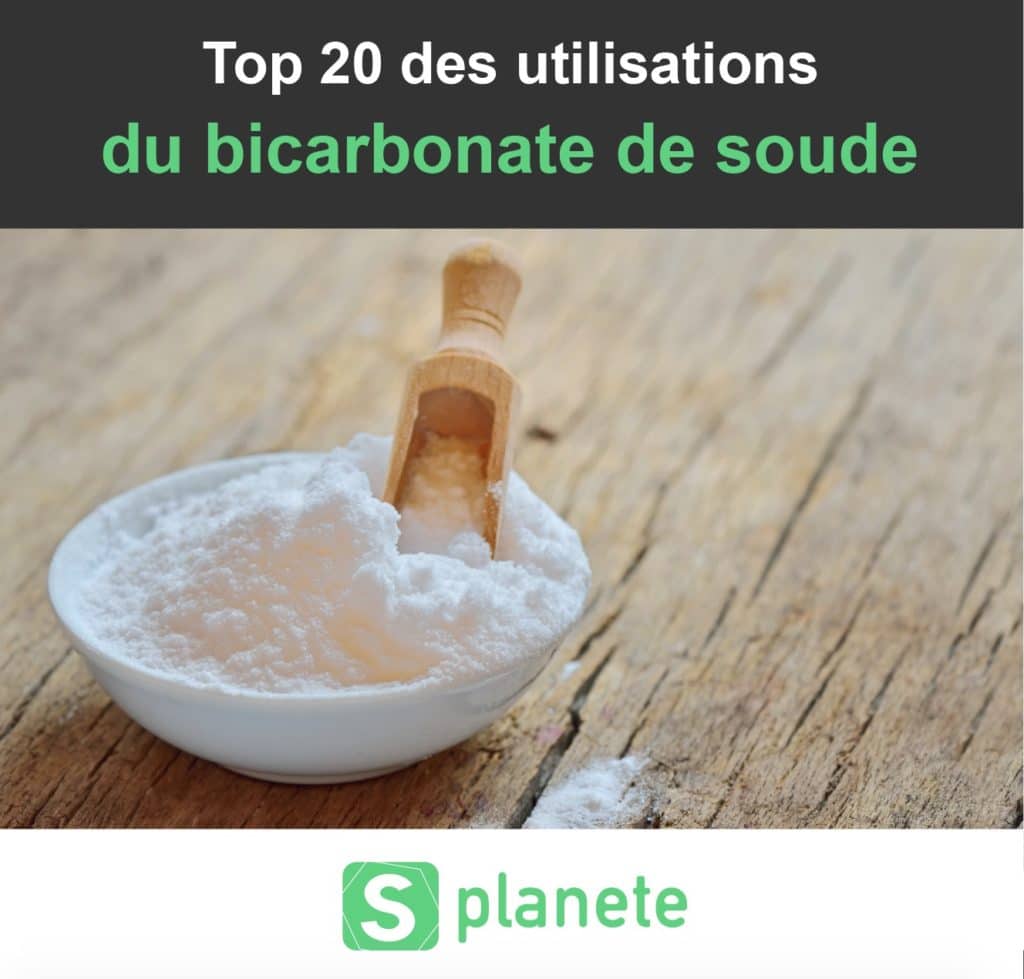
It was also an ancient household insecticide. Natron can be used to dry and preserve fish and meat. The mineral was mixed into early antiseptics for wounds and minor cuts. Undiluted, natron was a cleanser for the teeth and an early mouthwash. It softens water whilst removing oil, grease and alcohol stains. Blended with oil, it was an early form of soap. Natron was harvested directly from dry lake beds in ancient Egypt and has been used for thousands of years as a cleaning product for both the home and body. The mineral is often found in association with thermonatrite, trona, mirabilite, gaylussite, gypsum and calcite. Natron effloresces (loses water) in dry air and is partially transformed into the monohydrate thermonatrite, Na 2(CO 3) It crystallizes in the monoclinic crystal system, typically forming efflorescences and encrustations. Natron has a specific gravity of 1.42 to 1.47 and a Mohs hardness of 1.



The modern chemical symbol for sodium, Na, is an abbreviation of that element's new Latin name natrium, which was derived from natron. The English word natron is a French cognate derived from the Spanish natrón through the Arabic natrun from Greek nitron.


 0 kommentar(er)
0 kommentar(er)
